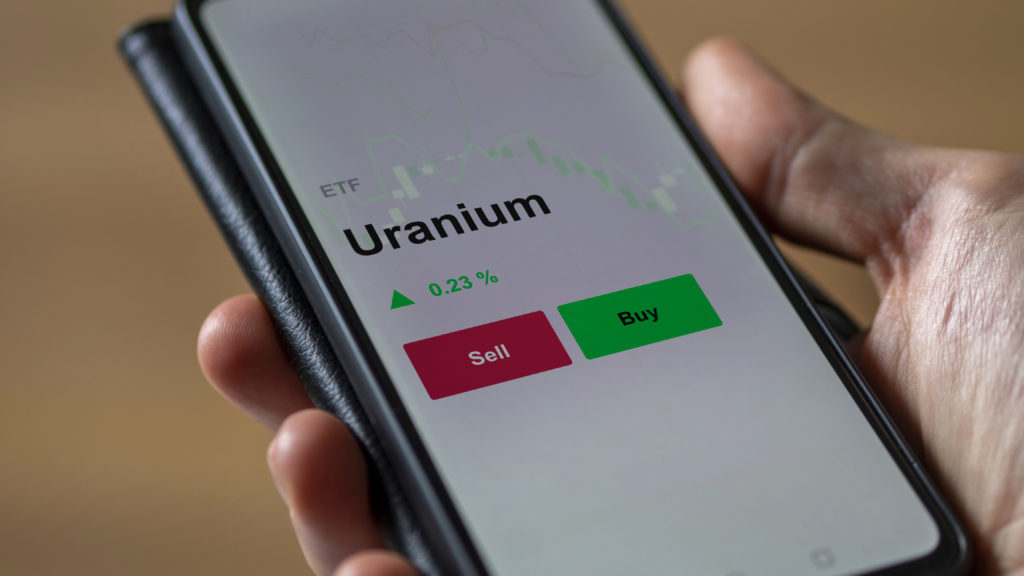Introduction
The uranium market has experienced a significant correction, with prices falling from a high of $107 per pound in February to around $65/lb recently. However, according to a recent report by Sprott, this pullback does not signal the end of the uranium bull market. The firm maintains that the commodity's fundamentals remain strong despite short-term volatility.
Market Dynamics and Price Stabilization
Sprott attributes the recent price decline to a pause in utility contracting rather than a weakening of market fundamentals. Uncertainties surrounding U.S. tariffs and potential trade restrictions on Russian enriched uranium have kept buyers on the sidelines. However, some clarity emerged in early April, helping to stabilize the spot market. Notably, the term price for uranium remains steady at $80/lb, indicating resilience amid broader market pressures.
Supply Constraints and Demand Growth
A key pillar of Sprott’s bullish thesis is the persistent supply-demand imbalance. Global uranium production continues to fall short of reactor requirements, with few new projects advancing. Challenges faced by producers like Kazakhstan’s Kazatomprom and delays in development by juniors such as NexGen and Paladin further tighten the market. On the demand side, China’s nuclear expansion, bipartisan U.S. support for nuclear power, and tech giants’ push for tripling global nuclear capacity by 2050 underscore robust long-term growth prospects.
Market Sentiment vs. Structural Outlook
While uranium equities have faced selling pressure and short positioning, Sprott argues this reflects sentiment rather than structural issues. The firm notes that uranium has remained relatively stable compared to other risk assets during recent market volatility. Over the past five years, uranium and related equities have outperformed other commodities and global equities, driven by deepening supply deficits and supportive global policies.
A Balanced Perspective
While Sprott’s optimism is grounded in compelling data, it’s worth questioning whether external factors—such as geopolitical tensions or unexpected policy shifts—could further delay utility contracting or disrupt demand forecasts. Additionally, the long timelines for new supply to come online could exacerbate price volatility if demand surges faster than anticipated. Nonetheless, the structural supply constraints and growing global commitment to nuclear energy as a clean power source lend credibility to the bullish case.
